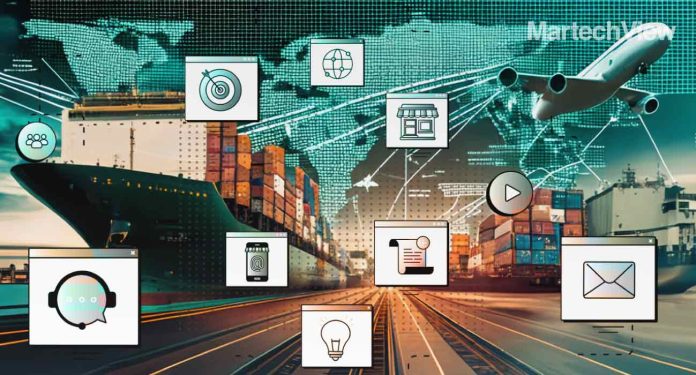E-commerce is growing phenomenally, and the logistics industry has an opportunity to increase profitability and reduce freight spending by overcoming the challenges of moving products globally.
One of the less often thought about components of the digital and retail revolution is how exactly customers and businesses will receive products.
E-commerce is growing phenomenally, and the logistics industry has an opportunity to increase profitability and reduce freight spending by overcoming the challenges of moving products globally.
Faster, more flexible delivery and easy returns
The move to E-commerce is familiar, but the impact of Covid-19 has accelerated the increase. Retailers are noticing a change in consumer expectations. In one of the surveys, retailers responded that almost half of consumers are expected to demand faster delivery speeds. Thirty-six percent said that customers want more flexibility in their delivery options. Buyers also want the security of knowing they can return items easily if they don’t meet their needs and expectations.
Faster, flexible delivery options and easy returns sound simple. Delivering on these promises when your competitor is just one click away requires companies to be proactive and responsive. It takes quite a bit of work. Retailers were asked what the three biggest challenges facing the retail industry were. The second highest response was managing supply chain issues. Earlier, this was not mentioned as a concern. The added complexity of an E-commerce supply chain has affected the logistics industry significantly.
Higher inventories
Until now, retailers have been working with the Just-In-Time (JIT) inventory management model, which produces just what is needed, minimizing the need to store extra inventory. As consumers demand greater availability and faster delivery, many industries switch to a Just-In-Case (JIC) model. The switch to higher inventories will increase the amount of storage needed.
Companies must keep higher inventory to promptly meet the demand and ensure it is in the most strategic locations. Fast delivery is coming to mean the same or the next day. The status quo of one distribution center and bulk deliveries to retail outlets cannot meet these new demands.
Increased demand for strategic storage locations
Storage locations will need different storage handling areas for outgoing and returned goods. They will also need to be flexible as they serve a variety of end-users. It might range from bulk deliveries to retail outlets to packaging individual items for direct delivery to the customer.
Variety of delivery options
Consumers order more of their products online, and delivering them promptly becomes more challenging. Many outlets are becoming creative in their click-and-collect options, effectively making the sale online and in-person. But there remains a large percentage of sales which must be delivered. Combine that increasing number with increasing expectations on delivery, speed, and a desire for delivery choice, and you have a huge logistical challenge.
Companies like Amazon have established efficient last-mile logistics. They have excelled in the increasingly online environment. The challenge for SMBs is delivering to the consumer in the most economical, efficient way.
A variety of options are being explored. Combining small shipments into one lot, inaccessible storage kiosks, and the diversification of services like Uber or Ola are just a few of the lot. Each business requires exploring various options to provide for these growing consumer expectations.
Crucial logistics systems
Storage locations are increasing and spreading out. Individual items leave storage facilities with very little notice. Returns are happening with growing regularity. Knowing where your items are, how many of them are, and where they should be for greater efficiency is vital. Accessing critical information from various locations in close to real-time is a crucial element in the future of logistics. In a world where consumers desire same-day delivery, technology is essential to bring together all the inventory, storage, packaging, and delivery elements.
The labor to run the show
As E-commerce increases impact the logistics industry, the demand for quality labor will only increase. Skilled, quality workers will be needed to produce increased inventory, storage centers, returns processing, and transport options. Logistics systems will need well-trained candidates for IT and data entry. Every area within the logistics industry will see increased demand for personnel to service them.
This demand for labor will also come with uncertainty and variability. The ability to hire trusted candidates for peak periods will be essential in managing the logistical challenges of increased E-commerce.
Conclusion
With E-commerce demanding faster, more reliable shipping, companies must turn to technology to track and understand their shipments better. Innovative packaging methods can also protect perishable or sensitive goods from uncertain conditions on the road. The IoT will also play a big role in the future of logistics: sensors connected to packages and vessels will be able to update carriers in real time with information about the location and status of shipments. Online retail is expanding faster than the logistics industry can innovate – but through partnerships and embracing new technology, worldwide transportation can allow E-commerce to flourish further and usher in a new age of shipping.
















